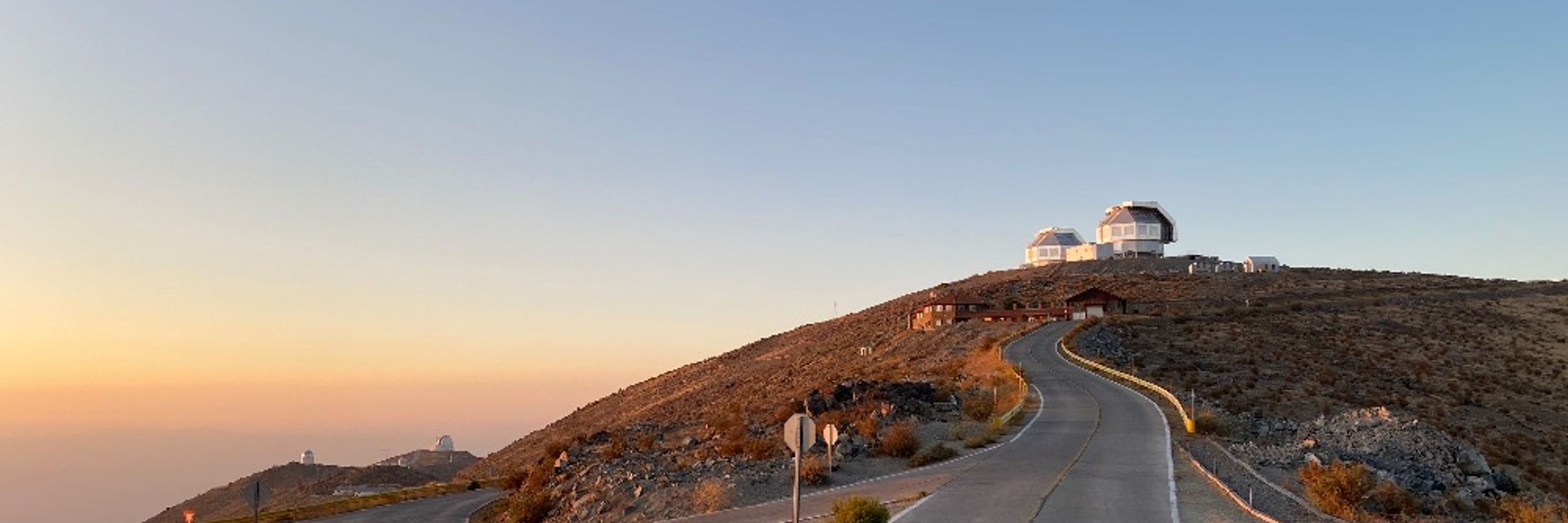Johanna Teske
@johannateske.bsky.social
620 followers
350 following
180 posts
She/her/hers. Astronomer, runner, feminist, vegan, Nats fan, Peloton fan.
Posts
Media
Videos
Starter Packs
Reposted by Johanna Teske
Reposted by Johanna Teske
Reposted by Johanna Teske
Reposted by Johanna Teske
Reposted by Johanna Teske
Reposted by Johanna Teske
Reposted by Johanna Teske
Reposted by Johanna Teske
Reposted by Johanna Teske
Reposted by Johanna Teske
Reposted by Johanna Teske
Reposted by Johanna Teske
Reposted by Johanna Teske














